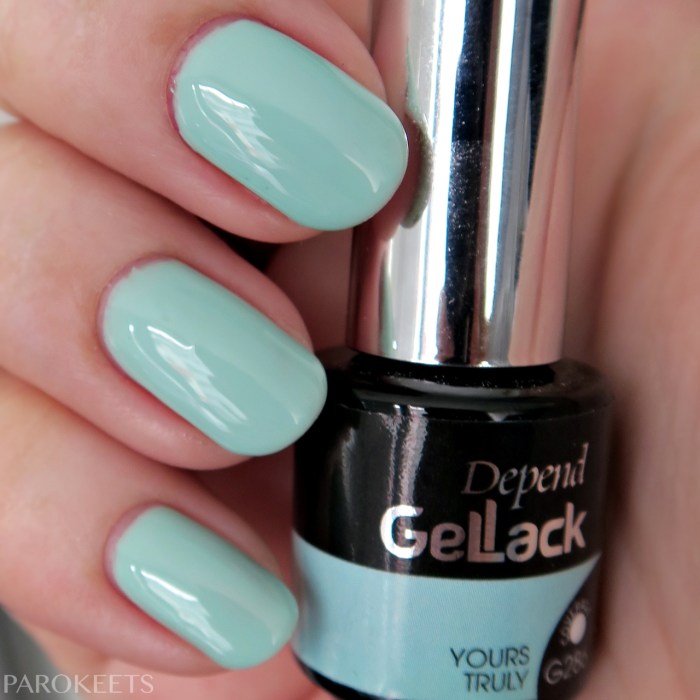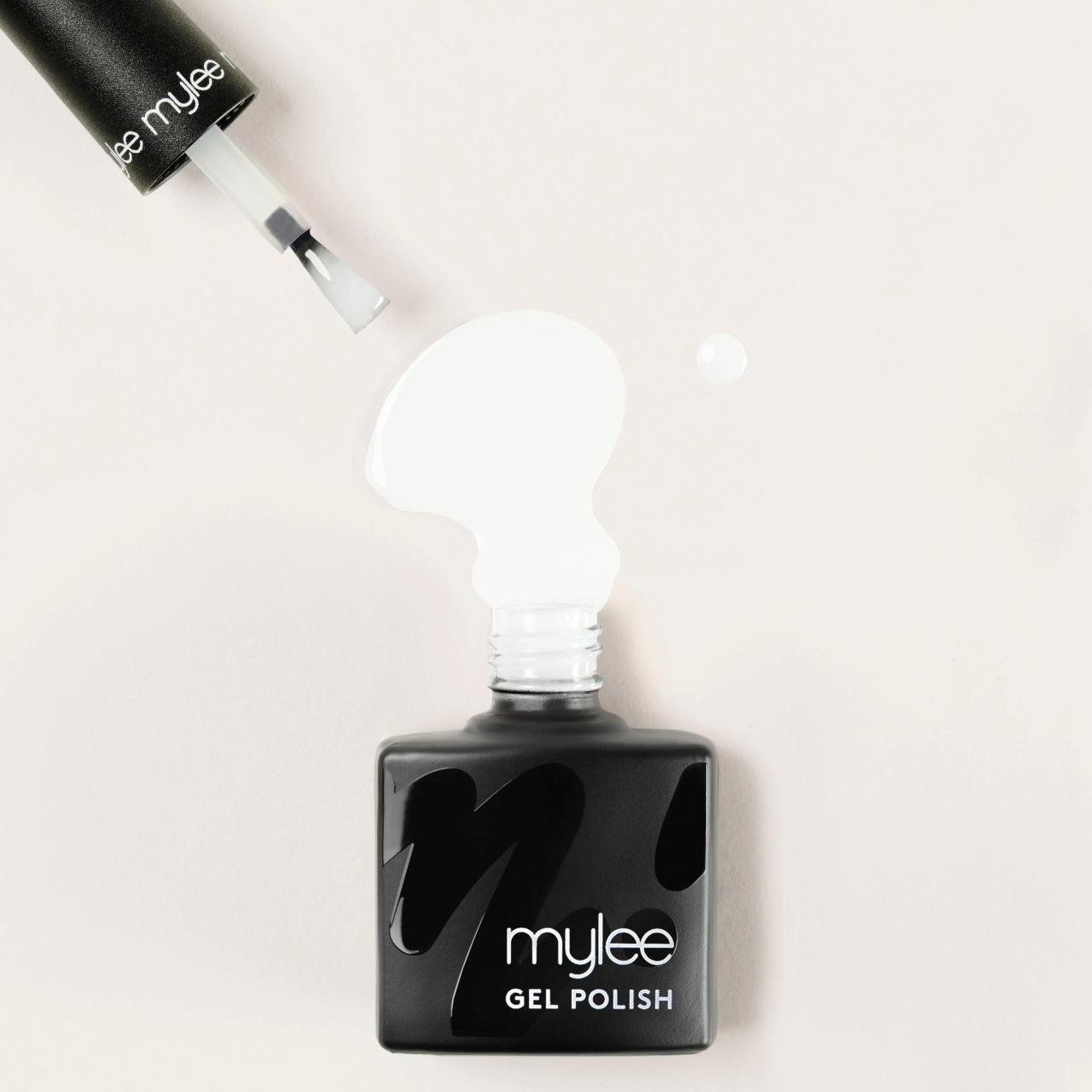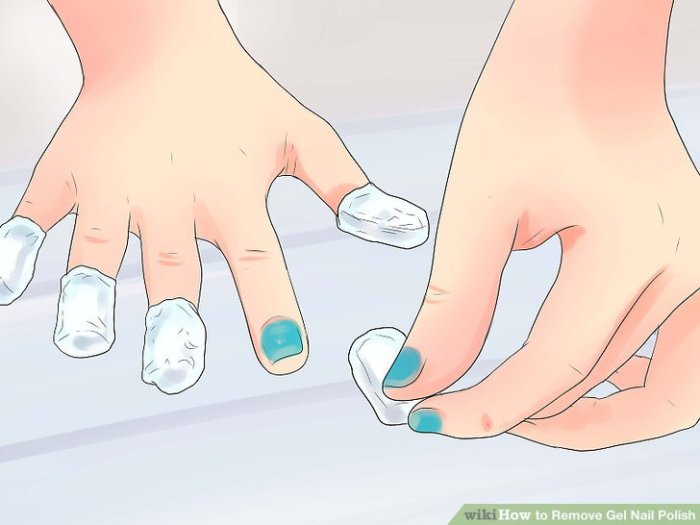How to Get Gel Polish Off Your Nails
Safe Gel Polish Removal Methods
How to get gel polish off your nails – Removing gel polish safely and effectively requires the right techniques and precautions. Improper removal can lead to nail damage, so choosing the best method for your needs is crucial. This section details two primary methods: acetone soak-off and e-file removal, comparing their pros and cons.
Acetone Soak-Off Method, How to get gel polish off your nails
This is a common at-home method, generally considered gentler on nails than e-file removal. It involves soaking your nails in acetone to dissolve the gel polish.
- Gather your materials: acetone, cotton balls or pads, aluminum foil, cuticle pusher, nail file, and cuticle oil.
- Carefully file the top layer of your gel polish to create a rough surface, aiding acetone penetration. Avoid filing too aggressively to prevent nail damage.
- Saturate a cotton ball or pad with acetone. Place it on each nail and wrap it tightly with a small piece of aluminum foil.
- Leave the foil wraps on for 10-15 minutes, or until the gel polish softens. You may need to add more acetone if the wraps dry out.
- Carefully remove the foil wraps and gently push off the softened gel polish with a cuticle pusher. Avoid scraping or pulling, as this can damage your nails.
- Once all the gel polish is removed, gently buff any remaining residue with a fine-grit nail file. Apply cuticle oil to moisturize and nourish your nails.
Safety Precautions: Always work in a well-ventilated area to avoid inhaling acetone fumes. Avoid contact with skin and eyes. If irritation occurs, rinse immediately with water.
E-File Removal Method
E-file removal is faster than the acetone soak-off method, but requires skill and caution to prevent nail damage. This method utilizes a specialized electric file with various bits to carefully remove the gel polish layer by layer.
- Use a low-speed setting and a fine-grit bit to avoid damaging the natural nail. Always maintain light pressure.
- Start by carefully filing the top layer of the gel polish. Work slowly and methodically, removing the polish in thin layers.
- Regularly inspect the nail to ensure you are not filing too deeply. Take breaks as needed.
- Once the gel polish is removed, use a buffer to smooth the nail surface and apply cuticle oil.
Safety Precautions: Improper use of an e-file can cause significant nail damage, including thinning and grooves. If you’re not experienced with e-files, it’s best to seek professional removal. Always wear safety glasses to protect your eyes from flying debris.
Comparison of Acetone Soak-Off and E-File Methods
The choice between acetone soak-off and e-file removal depends on your experience level, time constraints, and desired outcome. Both methods have advantages and disadvantages.
| Method | Speed | Effectiveness | Potential Nail Damage |
|---|---|---|---|
| Acetone Soak-Off | Slower | Generally effective | Low, if done correctly |
| E-File | Faster | Highly effective | High, if done incorrectly |
Acetone-Based Remover Comparison

Source: parokeets.com
Several acetone-based removers are available, each with varying ingredients and user reviews. Consider factors like price, scent, and effectiveness when choosing a product.
| Brand | Ingredients | User Reviews (Example) | Price Range (Example) |
|---|---|---|---|
| Brand A | Acetone, Jojoba Oil | Generally positive, some report dryness | $5-$10 |
| Brand B | Acetone, Vitamin E | Mixed reviews, some report strong scent | $7-$12 |
| Brand C | Acetone, Aloe Vera | Mostly positive, praised for moisturizing properties | $10-$15 |
| Brand D | Acetone, Cuticle Oil | Positive, effective and gentle | $8-$13 |
At-Home Gel Polish Removal Techniques
Successfully removing gel polish at home requires the right materials and techniques to minimize nail damage. Following these steps and tips will help ensure a smooth and safe process.
Necessary Materials for At-Home Removal
To perform an at-home acetone soak-off, you’ll need the following:
- Pure acetone (100% concentration)
- Cotton balls or pads
- Aluminum foil
- Cuticle pusher
- Nail file (fine-grit)
- Cuticle oil
- Nail buffer (optional)
Tips and Tricks for Successful At-Home Removal
Several tips can help prevent nail damage during at-home gel polish removal:
- Always file the top layer of the gel polish before soaking to allow better acetone penetration.
- Use enough acetone to fully saturate the cotton pads, ensuring complete saturation for effective removal.
- Don’t rush the process. Allow sufficient soaking time for the polish to soften before attempting removal.
- Gently push off the polish; avoid pulling or scraping, which can damage your nails.
- Apply cuticle oil immediately after removal to hydrate and nourish your nails.
Visual Guide: Foil Wrap Application
The illustration would show a close-up of a finger with a cotton pad soaked in acetone placed on the nail. The cotton pad is a light beige color. A small, square piece of aluminum foil (shiny silver) is wrapped tightly around the fingertip, completely covering the cotton pad. The foil is neatly folded and pressed against the nail to ensure good contact with the acetone-soaked cotton.
Several fingers are shown with varying degrees of foil wrapping to demonstrate proper technique. The background is a plain white for clarity. The overall tone is clean and simple, emphasizing the correct method of wrapping the foil.
Proper Disposal of Acetone and Materials
Acetone is a flammable solvent. Dispose of used acetone and cotton pads properly to minimize environmental impact. Never pour acetone down the drain. Instead, collect the used materials in a sealed container and dispose of them according to your local regulations.
Dealing with Difficult Gel Polish Removal
Sometimes, removing gel polish can be challenging due to various factors. This section addresses common problems and provides solutions for efficient and safe removal.
Common Problems and Solutions
Several issues may arise during gel polish removal, including stubborn polish, lifting, peeling, and damaged nails.
- Stubborn Polish: Increase the soaking time or try using a higher concentration of acetone. Consider a second soak if necessary. For extremely stubborn polish, a professional removal may be necessary.
- Lifting or Peeling: Gently file down the lifted or peeled areas to create a smooth surface before attempting full removal. This prevents further damage.
- Thick Layers of Gel Polish: Remove thick layers in stages, using a fine-grit file to carefully thin the polish before soaking. Avoid aggressive filing.
- Damaged Nails: If your nails are already damaged, it’s best to avoid further manipulation. Seek professional removal to minimize additional harm.
Reasons for Difficult Removal and Solutions
Several factors can contribute to difficult gel polish removal. Understanding these reasons can help prevent future problems.
- Low-quality gel polish: Using a higher-quality, reputable brand can improve removal ease.
- Improper application: Ensure the gel polish is properly applied and cured to prevent adhesion issues.
- Thick layers of polish: Applying thin layers helps prevent stubborn adhesion.
- Exposure to water or moisture: Limit water exposure between applications to maintain polish integrity.
- Use of base and top coat: Using appropriate base and top coats aids in both application and removal.
Post-Removal Nail Care: How To Get Gel Polish Off Your Nails

Source: co.uk
After removing gel polish, it’s essential to provide your nails with the necessary care and nourishment to promote healthy growth and prevent damage.
Moisturizing and Nourishing Nails
After gel polish removal, your nails may be dry and brittle. Moisturizing and nourishing them is crucial to restore their health and strength. Regular application of cuticle oil and hand cream will help prevent dryness and brittleness.
Recommended Nail Oils and Creams
Many nail oils and creams are available to promote nail health and growth. Look for products containing ingredients like jojoba oil, vitamin E, and argan oil. These ingredients are known for their moisturizing and nourishing properties.
Gentle Nail Massage
A gentle nail massage can improve blood circulation and stimulate nail growth. Apply a small amount of cuticle oil or cream to your nails and gently massage them for a few minutes. This helps to promote nail health and relaxation.
Removing gel polish requires soaking your nails in acetone, but sometimes your regular nail polish gets thick and clumpy before you even get to that stage. If this happens, you might find solutions on how to revive it by checking out this guide on how to fix nail polish that is dry. Once your regular polish is usable again, you can focus on properly removing that stubborn gel manicure.
Filing and Buffing Nails
After removing gel polish, gently file and buff your nails to smooth any rough edges or imperfections. Use a fine-grit file to avoid damaging your nails. A gentle buffing can improve the overall appearance and shine of your nails.
Professional Removal Considerations
While at-home removal is possible, professional removal offers several advantages, especially in complex situations. This section compares the two options and highlights the importance of proper technique.
Professional vs. At-Home Removal

Source: wikihow.com
Professional gel polish removal is generally more expensive than at-home removal. However, it offers several advantages, including expertise in handling difficult removals, access to specialized tools, and reduced risk of nail damage. At-home removal is more cost-effective but requires careful technique to avoid harming the nails.
Advantages of Professional Removal
Professionals possess the expertise and tools to safely remove even the most stubborn gel polish without damaging the natural nail. They can handle complex situations, such as thick layers or lifting, effectively and efficiently. Their knowledge also helps prevent future nail issues.
Long-Term Consequences of Improper Removal
Improper gel polish removal can lead to several long-term consequences, including thinning, weakening, and damage to the natural nail. This can result in brittle nails, increased susceptibility to breakage, and potential infections. Consistent improper removal may necessitate professional intervention to restore nail health.
Questions to Ask a Nail Technician
Before scheduling a gel polish removal appointment, consider asking your nail technician these questions:
- What method of gel polish removal do you use?
- What precautions do you take to protect the natural nail?
- What is your experience with removing gel polish?
- What is your pricing for gel polish removal?
- What products do you use for nail care after removal?
Frequently Asked Questions
Can I use regular nail polish remover to remove gel polish?
No, regular nail polish remover is not strong enough to dissolve gel polish. You need acetone-based remover.
How often should I remove my gel polish?
It’s generally recommended to remove gel polish every 2-3 weeks to prevent damage to your natural nails.
What if my nails are thin or weak after gel polish removal?
Focus on strengthening your nails with nail oils, strengthening treatments, and avoiding harsh chemicals or excessive filing.
Is it better to remove gel polish at home or professionally?
Both options have advantages. At-home removal is more affordable but requires more time and precision. Professional removal is quicker and often safer, especially for complex situations.





















